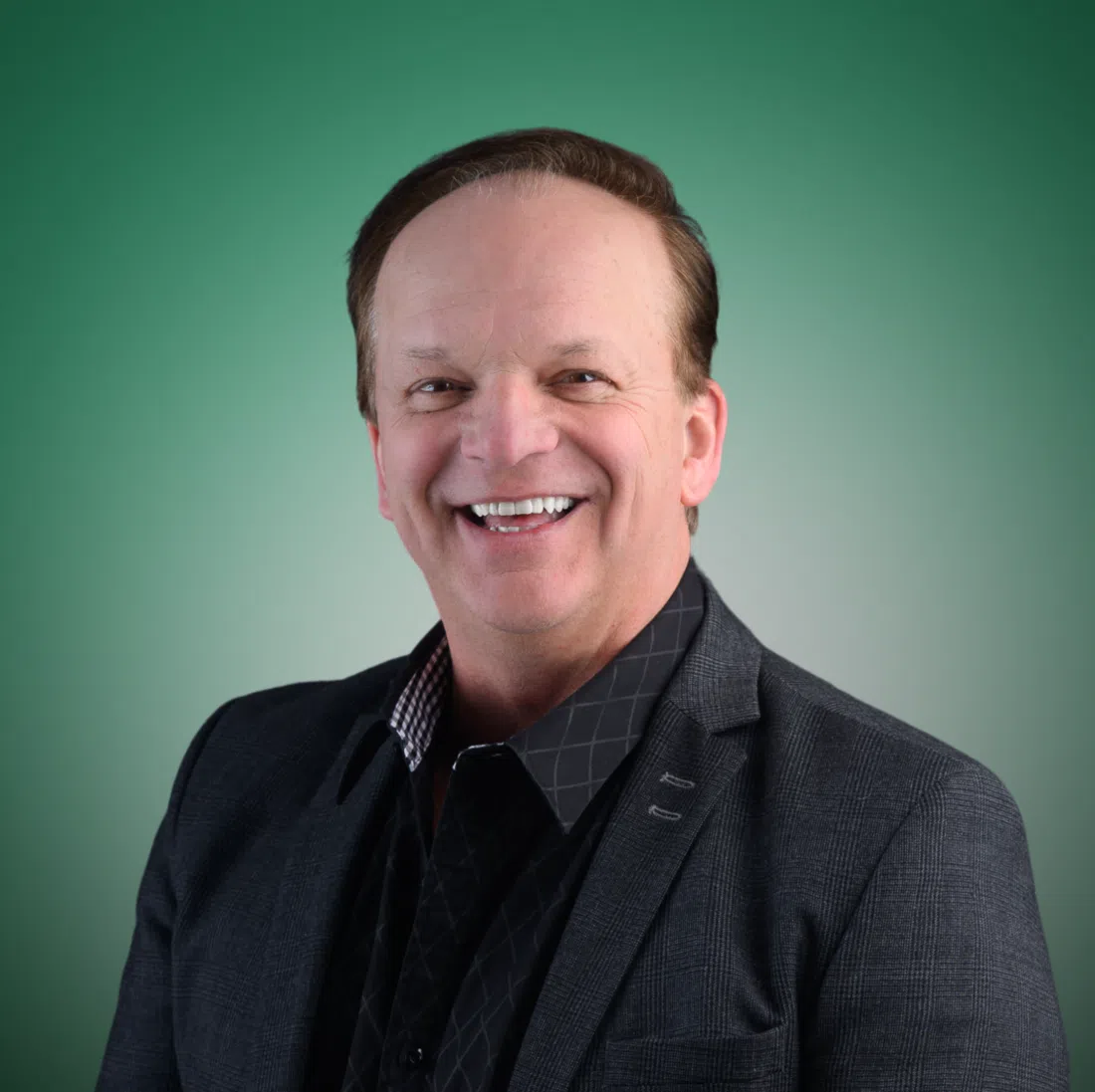Specialists in Cree are weighing in on ways to revitalize the language in Saskatchewan.
Milton Tootoosis, a member of Poundmaker Cree Nation and founder of the YXE Cree Speakers Society, said the province’s communities are already in a crisis when it comes to a lack of speakers of the Cree language.
According to a presentation from Dr. Maley A. Begay Jr. from Northern Arizona University, 99 percent of Indigenous languages in North America are in danger of extinction, and it is estimated that an Indigenous language disappears every two weeks.
“I would say that even some Cree communities in the Treaty 4 territory, (for) example, are already facing a crisis where there are just a small handful of Cree speakers or fluent Cree speakers left in those communities,” Tootoosis explained.
Still, Tootoosis said the language spoken by the widest number of Indigenous people is the Cree language. There are five dialects of that language in Saskatchewan alone, he explained, and in northern Saskatchewan retention rates for the Cree language are higher than in southern areas.
The Cree Language Conference took place in Saskatoon last week, hosted by the Cree Speakers Society, with the goal of bringing awareness to the decline in Cree language knowledge and speakers.
Tootoosis, the main organizer of the event, said the conversation around keeping the language alive was long overdue, and the conference focused specifically on the Plains Cree or “Y” dialect.
“The response was really really positive,” he said, adding different methods of learning and retaining the language were discussed.
Some methods that are used to immerse individuals in the Cree language are cultural camps and the Plains Indian Sign Language System, Tootoosis explained. He said there are also methods used by scholars and academics at universities to teach the language through linguistic systems.
But learning the Cree language in a conversational way is more than just memorizing a linguistic component, he said.
“Our language cannot be taught in a classroom. It is what we’re hearing time and time again,” he said, adding time in the classroom does not provide enough hours to create enough fluency in the language.
Tootoosis’ advice for those looking to learn the Cree language was to just listen to Cree speakers.
“When you get around Cree speakers, just listen without interjecting,” he said, adding that books written in the language are also an effective way of learning.
“You have to immerse yourself in the language. It can’t be just a four- or five-day summer camp. You have to get around the speakers and to get around the ceremonies and just listen,” he said, adding that students should start with basic, practical words that can be used daily.
He noted that if speakers incorporate the Plains Indian Sign Language System, they can memorize the words faster.
Dr. Belina Daniels, an assistant professor for Indigenous education at the University of Victoria and keynote speaker at the conference, also said the methods of teaching the Cree language might not work in a classroom. She said an important part of learning Cree is connecting with the land.
“It’s community work. It’s believing the language is alive. The spirit is very sacred, and ceremony needs to happen in order for the language spirit to come into the minds and hearts of people,” she said.
Tootoosis said in order to help the language survive and thrive, there needs to be more investment in the culture and in the language, as well as more resources to assist those learning it.











